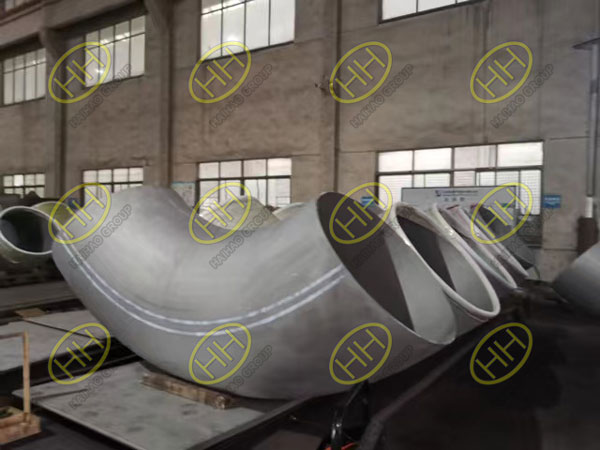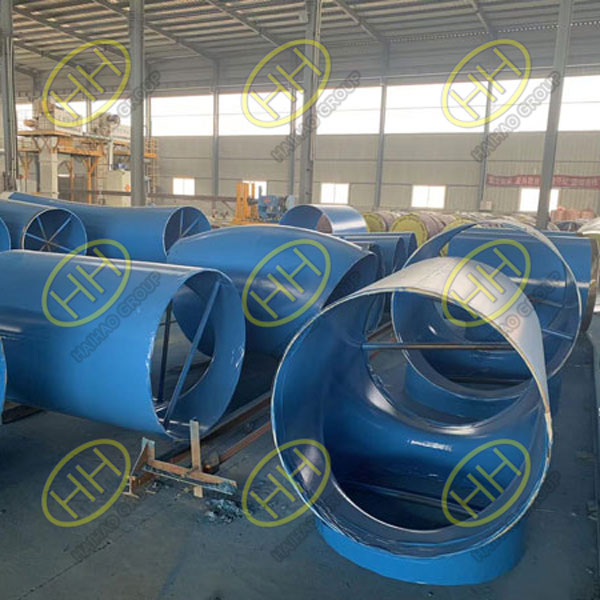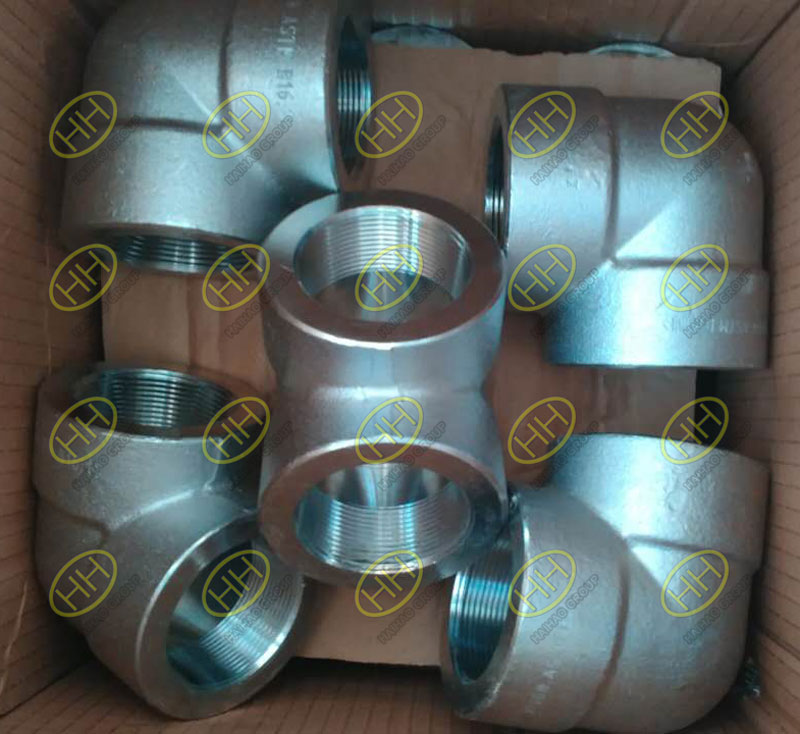How to choose the right pipe fitting material?
In the world of pipeline systems, selecting the appropriate material for your pipe fittings is a critical decision that impacts performance, longevity, and safety. With a wide range of materials available, each suited for specific applications, making the right choice is essential. This guide will walk you through the key considerations for selecting pipe fitting materials, and how Haihao Group can meet your diverse needs.
1.Understanding Your Environment:
Corrosive Environments: In environments where corrosion is a concern, materials like stainless steel (e.g., 304 or 316) or corrosion-resistant alloys (e.g., Hastelloy) are ideal. These materials offer excellent resistance to rust and chemical corrosion, making them suitable for chemical plants, offshore drilling, or anywhere corrosive substances are present.
High-Temperature Applications: For high-temperature applications such as steam systems or industrial ovens, materials like carbon steel and alloys (e.g., ASTM A234 WPB, Cr-Mo alloys) are preferred due to their ability to withstand elevated temperatures.
Low-Temperature Environments: In extremely cold conditions, such as cryogenic facilities, low-temperature steels like ASTM A333 Gr. 6 or stainless steels with low-temperature ratings (e.g., 304L) are necessary to prevent brittleness and maintain structural integrity.
Hygienic Requirements: Industries like food processing or pharmaceuticals require materials with smooth surfaces that are easy to clean. Stainless steel (e.g., 316L) is a popular choice in these applications.
2.Consider the Fluid:
Compatibility: Ensure that the chosen material is compatible with the fluid being transported. Different materials may react with certain chemicals, leading to contamination or corrosion.
Abrasive Media: When handling abrasive materials like slurries or solid particles, materials with high wear resistance, such as ceramic-lined fittings, are advisable.
3.Pressure and Temperature:
Pressure Rating: The pressure rating of the pipe fittings must match the operating pressure of the system to prevent leaks or ruptures.
Temperature Limits: Be aware of the temperature range in your system. Some materials lose their strength at high temperatures, while others become brittle in cold environments.
4.Regulatory Compliance:
Standards and Regulations: Ensure that your chosen materials meet industry standards and regulations. This is crucial for safety and compliance with legal requirements.
5.Budget and Longevity:
Budget Considerations: While high-quality materials may come at a higher price, they often result in lower maintenance costs and longer service life, making them a cost-effective choice in the long run.
How Haihao Group can meet your needs?
Haihao Group is a trusted provider of a wide range of pipe fittings in various materials, designed to meet diverse industrial requirements. With a commitment to quality, compliance, and customization, we ensure that your specific needs are met. Our team of experts can provide guidance in material selection, ensuring that you make the right choice for your application.
Contact Haihao Group today to discover how we can assist you in selecting the perfect pipe fitting material for your project. Our dedication to excellence ensures the success and safety of your pipeline systems.



